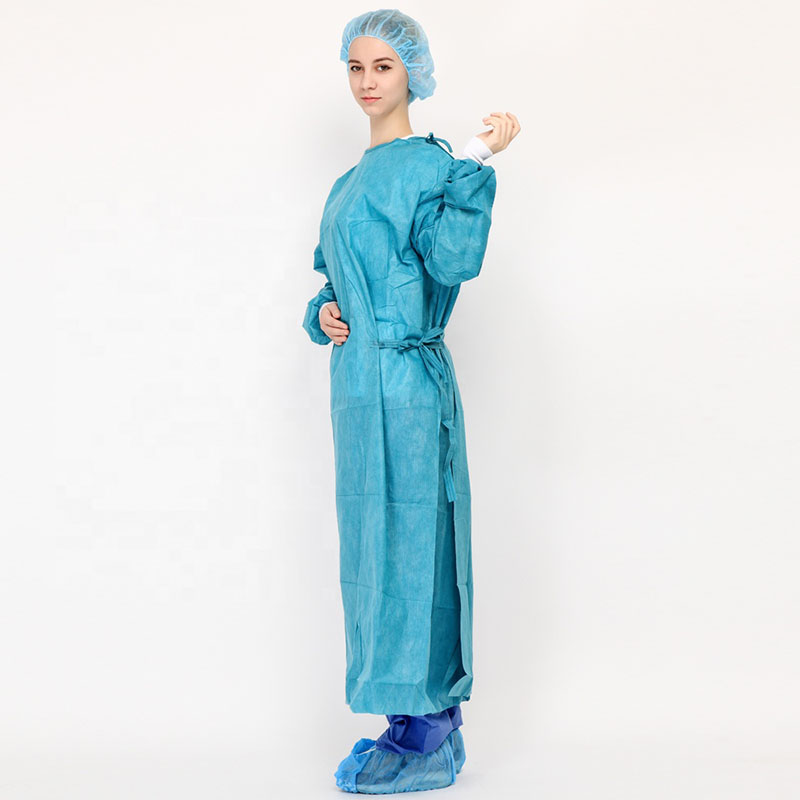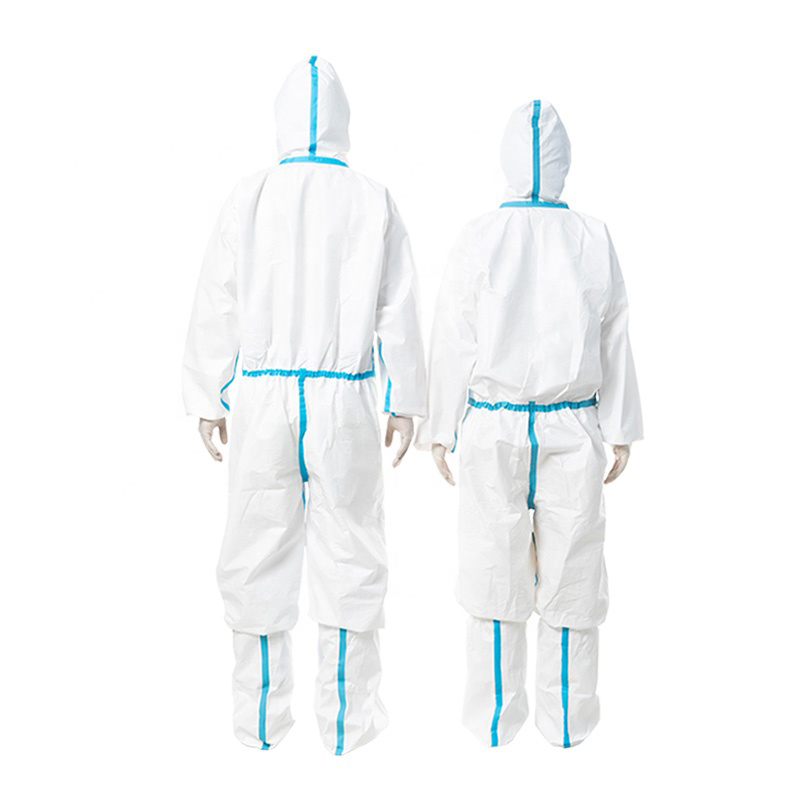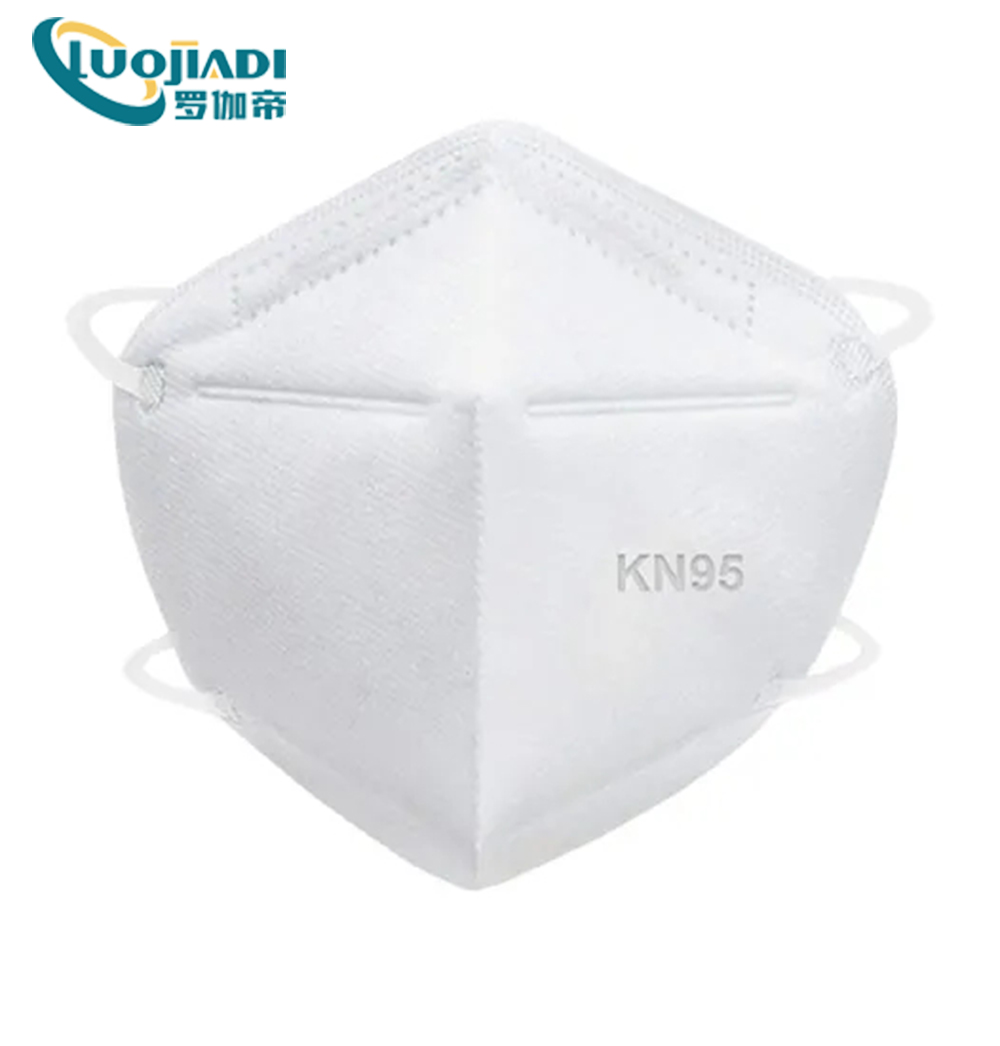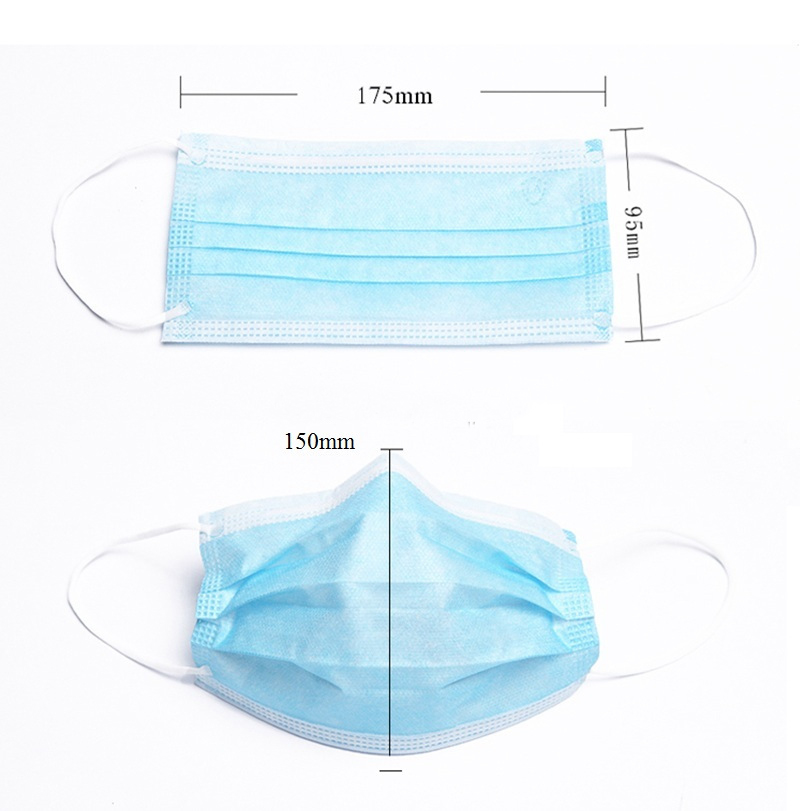To deal with the cold winter, protect the safety of livestock and poultry, meet the effective supply of livestock products in the market, control the loss of breeding, and ensure the benefit of farmers, put forward the following key technical measures for raising livestock and poultry in low-temperature rain and snow weather.
First, logistics support measures
(1) The livestock and poultry farms (households) shall, prior to the cold and cold climate, store water and store materials, make a thorough inspection of the infrastructure such as water, electricity, roads, livestock and poultry housing, and conduct timely repairs to damaged livestock and poultry houses. Reinforce to prevent collapse. In case of snow, remove snow in a timely manner to prevent collapse.
(2) Prepare a generator and a certain amount of fuel, build a storage tank, store water at any time, and pipe the water supply pipe with insulation material to prevent freezing of water pipes.
Second, feeding and management measures
(I) Antifreeze and cold-resistance measures for live pigs
The focus of cold and warm piglets is the sow's delivery room and piglet nursery.
1. Appropriately increase the pig breeding density. In winter, the same house should generally be increased by 1/3 of the pigs in the same house, but the breeding density should not be too large to avoid fighting between the pigs.
2, using heating facilities and insulation. Under conditions permitting, heat preservation facilities such as large-power light bulbs, infrared heat-retaining lamps, piglet heat insulation plates, far-infrared heating piglet heat insulation boxes, and bath lights can be installed in the pig house to increase the temperature inside the house.
3, heated drinking water. One is to heat the pig's drinking water into the trough; the second is the use of hot water spices, the humidity in the hand into a group, landing that is appropriate scattered, and that is mixed immediately feed; third is to add appropriate amount of glucose in heated drinking water ( 20 grams per kilogram of drinking water).
4, appropriate increase in energy feed. During the cold winter, the amount of energy and feed needed by the pigs increased significantly. Pregnant sows are fed 1 kg of feed each day, and other pigs (piglets, piglets, pigs, lactating sows) should be fully fed and allowed to feed freely; they can also increase by 10-15% on the basis of the original feed. Corn, wheat, brown rice and other energy feed or add appropriate amount of oil and improve the energy concentration of feed.
5, strengthen the feeding and management. The focus is to strengthen the management of suckling piglets to prevent frostbite, freezing and freezing, and freezing to allow newborn piglets to eat colostrum as soon as possible, and to strengthen the feeding of piglets; diligently clear pig manure and urine and rinse with as little cold water as possible to keep the house dry.
(B) Poultry antifreeze and cold resistance measures
1. Keep the poultry house warm. In cold conditions, close the doors and windows, add plastic cloth or color strip cloth, drinking warm water, etc. for cold insulation, so that the poultry house temperature is not less than 3 °C.
2, appropriate increase in feed energy. Appropriately increase the proportion of energy feed in the diet, can increase 10-20% corn on the basis of the original feed, and appropriately increase the amount of feed according to the size of the body weight. After the temperature rises, it will gradually return to the original feed level.
3, keep the environment dry. It is necessary to strengthen management, keep poultry houses clean and dry, and repair damaged sinks in time. Never add too much water when they are too full. Water is strictly prohibited on the floor.
4, deal with the relationship between insulation and ventilation. When the weather is good at noon, the windows should be ventilated, not only to keep warm, but also to be properly ventilated; timely removal of faeces and debris in the poultry house, cleaning with as little cold water as possible, maintaining a moderate breeding density, and ensuring adequate oxygen supply.
(III) Antifreeze and cold-resistance measures for beef cattle and sheep
1, adjust the feeding method. Reduce the time for activities outside the house to prevent cattle and sheep from freezing cold outside. There is a real need for outside restocking between 11 am and 3 pm.
2, keep the bar cold and warm. The enclosure should be closed with plastic sheeting or color strips, etc. Close doors and windows to prevent thieves from invading; window glass should be kept clean to facilitate daylighting. Calves, lambs, and cattle and goats are allowed to heat and heat, and infrared lamps can be installed as required.
3, appropriate increase in feed energy. The cows will feed 1-2 kg of concentrate each day. The sheep's concentrate supply should be increased by 20% than usual. At the same time, silage, carrots and other succulent feeds can be added. Conditional feeding of mixed concentrates is appropriate. Add bone meal and salt.
4, feeding hot porridge and hot water. Concentrate is best made into hot porridge around 38 °C, while providing adequate drinking water temperature, water temperature at 37 °C is appropriate.
5, strengthen the feeding and management. In order to assist grass replenishment in the sheds, diligent grass replenishment, diligence cleaning, and dung removal are all required. Clean chilled water as little as possible to prevent cold water from directly flushing the carcass.
6, to provide enough fodder. Farms (households) should have enough feed and forage to prevent feed forage and transportation difficulties that may occur from heavy snow and ensure feed supply.
7, proper movement and brushing cattle body. When the weather is fine, let the cow out of the house and brush the body of the cow to promote blood circulation and improve cold resistance.
(four) pasture antifreeze cold resistance technology measures
1. In time, the field management of disaster-affected grassland will be carried out. The first is for pastures that have been frozen. After thawing, clear and clear the frozen leaves in a sunny day. Second, in winter, where conditions permit, grass ash or husks can be applied to the pasture to cover the appropriate amount of straw or livestock manure, so as to keep warm and prevent freezing. At the same time, it can provide nutrients to pasture in the spring. Third, pasture grass after freezing, the appropriate fertilization after returning green in spring, it is recommended to apply 5-10 kilograms of urea per acre to promote the growth of pasture.
2. Do a good job of replanting the grass. The first is to organize the stocking of excellent forage seeds. The second is to clean up the grassland that has suffered heavy losses, clear the gutters in time, and organize the farmers to clean their soil in a timely manner in order to replant the pasture as soon as the temperature rises.
III. Epidemic prevention and control measures
1, do a good job of disinfection. It is necessary to regularly disinfect the pens and the surrounding environment, and at the same time do a good job of disinfecting people and vehicles, and keep the pens clean.
2, regular inspections every day. All farms (households) shall conduct inspections on livestock and poultry at the early, middle and late days every day. The diseased animals are found to be isolated and observed and treated in time. Major animal epidemics are discovered and disposed of in time to ensure early detection, early treatment and early treatment, and to prevent the spread of the disease. .
3, do a good job of immune surveillance. The farms should strictly follow the established immunization procedures to do a good job of immunization of livestock and poultry, and strengthen the monitoring of immune antibodies. Livestock and poultry with unqualified antibodies should be promptly replaced to prevent the occurrence of epidemics.
4. Do a good job in the emergency handling of major animal epidemics. Cases with suspected zoonotic diseases in the site shall be reported to the local animal husbandry and veterinary departments in a timely manner, and emergency disposal shall be done in accordance with relevant regulations.
5, do a good job of storage of disease prevention materials. All breeding farms shall reserve a certain amount of disease-prevention materials, including vaccines, preventive drugs, therapeutic drugs, disinfectant drugs, etc., in preparation for epidemic prevention and emergency treatment.
Personal protection is particularly important at the moment when the new crown epidemic is rampaging around the world. Our company produces ordinary respirators, medical masks, Protective Clothing, goggles, surgical gowns, disinfectant hand washing gels and other products, which are suitable for daily protection. Welcome to consult and purchase.





Personal protection,face mask,surgical gown,protctive goggles,protective clothing
Shanghai Rocatti Biotechnology Co.,Ltd , https://www.ljdmedical.com